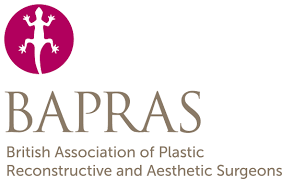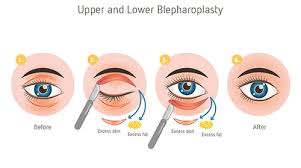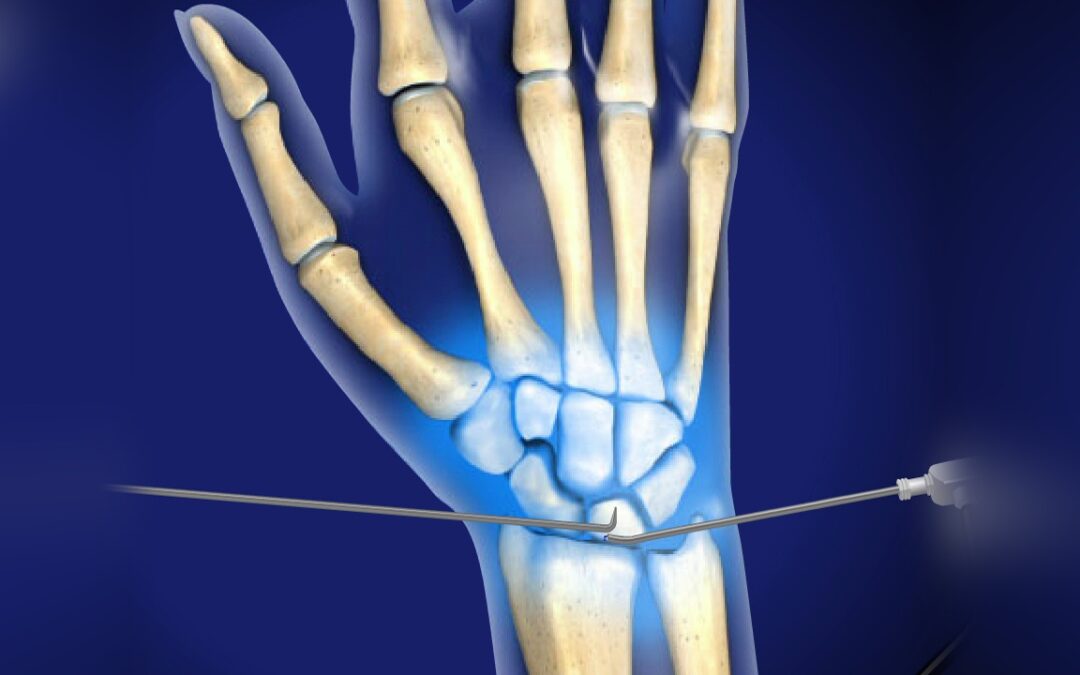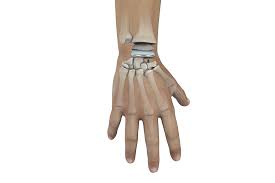Mole Removal: What You Need to Know
Moles are a common skin condition that can affect people of all ages. While moles are generally harmless, they can be unsightly and cause embarrassment or self-consciousness. Fortunately, there are a variety of mole removal options available to help you get rid of unwanted moles.
Before considering any type of mole removal, it is important to understand what moles are and how they form. Moles are clusters of melanocytes, which are the cells that produce the pigment melanin. Moles can be either raised or flat, and they may be tan, brown, black, or even red. They can range in size from a few millimeters to several centimeters in diameter.
Moles are typically harmless, but they can become cancerous if left untreated. If you have a mole that is changing in size, shape, or color, or if it is itchy, tender, or bleeding, it is important to seek medical attention.
When it comes to mole removal, there are several options available. The most common type of mole removal is surgical excision. During this procedure, a doctor will use a scalpel to remove the mole and any surrounding tissue. The area is then closed with stitches and a bandage.
Another option is cryosurgery, which involves freezing the mole with liquid nitrogen. This can be done in a doctor’s office and requires no stitches. The mole will eventually fall off on its own.
Laser mole removal is another option. During this procedure, a laser is used to remove the mole without damaging the surrounding skin. The laser is very precise and can be used to remove moles of any size.
Finally, there is the option of topical creams. These creams contain chemicals that help to dissolve the mole. They are typically applied to the mole twice a day for several weeks.
No matter which type of mole removal you choose, it is important to follow your doctor’s instructions carefully. This will help to ensure that the mole is removed safely and effectively.
It is also important to protect the area after the mole has been removed. This can be done by keeping the area clean and dry and applying a bandage or ointment as directed.
Finally, it is important to remember that mole removal does not guarantee that the mole will not return. In some cases, moles may reappear after they have been removed.
Mole removal can be a safe and effective way to get rid of unwanted moles. However, it is important to understand the risks and benefits of each type of mole removal before making a decision. Talk to your doctor to determine which option is best for you.












